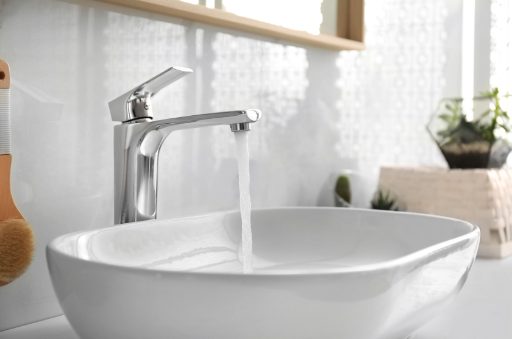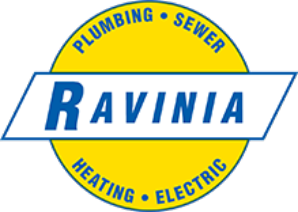
When our licensed plumbers come to our customers’ homes, they will sometimes use terms not familiar to the customer. The customer will then ask what they mean. Here are 18 plumbing terms to help you the next time one of our plumbers visits.
- Water service. This is the pipe that supplies water from the city water main underground to the supply piping within your home. Every building owner is responsible for their water service from the home up to and including the tap at the city water main.
- Supply line. This is the line that connects the water distribution piping in the walls in your home into a plumbing fixture.
- Fixture. A generic term for toilets, sinks, tubs, and showers.
- Sewer line. The line that carries wastewater away from your home and into the sanitary sewer system.
- PVC pipes. Which stands for Poly Vinyl Chloride, are plastic pipes that are part of the drainage waste and vent system in your home.
- Trap. A curved section of pipe that prevents sewer odors and gases from entering the living area. If you do detect those odors, the problem may be the trap. All fixtures have a trap.
- Shut off valve. These are the valves that are used to shut off water. There may be a main valve that shuts off the water for the entire house, and an exterior shut off valve that shuts out the water to outdoor spigots, etc. It is important for you to know where these valves are.
- Access panel. This is the panel near a wall or ceiling that can be opened or removed to access shut off valves, pipes and fixtures.
- Backflow. The reversal of the water flow, potentially contaminating the water supply.
- Backflow preventer. A valve that prevents backflow.
- Gravity-operated toilet. This is the most common type of toilet. These toilets rely on the downward pressure of water in the toilet tank for flushing.
- Ballcock. The ballcock (or fill valve) refills the toilet tank after the toilet has been flushed.
- Float ball. The float ball is attached to the ballcock. When the toilet is flushed the float ball drops and opens the ballcock. This results in water flowing into the tank. Water continues to flow until the float ball reaches a certain level. The float is sometimes integrated into some types of ballcocks.
- Flapper. The flapper is a rubber component that keeps water in the tank. When the toilet is flushed, that action raises the flapper to let water out of the tank and into the bowl to flush the toilet.
- Trip lever. The handle on the toilet that you use to flush. The trip lever is connected to the flapper
- Trapway. The trapway connects the toilet bowl to a waste outlet. The size of the trapway can influence toilet clogging.
- Gray water. Gray water is wastewater that comes from any type of fixture.
- Aerator. A device on a faucet that prevents water from splashing. If water is splashing from a faucet, you may need to replace the aerator.
Rely on Ravinia Plumbing for All Your Plumbing Needs
The licensed and insured plumbers at Ravinia Plumbing, Sewer, Heating & Electric can help you with all your plumbing needs. Our customers have relied on us since 1928 (that’s 97 years!) for quality products, knowledgeable technicians, and superior service, including 24/7/365 emergency service. That is why we’ve made a name for ourselves as the most trusted plumbing, sewer, heating and air conditioning, and electrical company in Chicago’s North Shore and Northwest suburbs. Contact Ravinia Plumbing today to schedule an appointment.
